Concept
ALLEGRO targets designing, prototyping, and demonstrating a novel end-to-end (E2E) solution for next-generation optical networks. ALLEGRO integrates packet-optical transport architecture satisfying four key pillars for next-generation telecommunication systems:
- ultra-high-capacity from access to the core;
- considerable reduction of power consumption and cost;
- autonomous network control management exploiting artificial intelligence / machine learning (AI/ML) for ultra-high-capacity multi-domain optical systems; and
- secured and reliable optical transmission.
Ultra-high-capacity is achieved by deploying coherent transceivers from access to core segments and by prototyping and demonstrating a novel E2E integrated architecture based on multi-band optical transmission and smart transceivers. A holistic and pay-as-you-grow approach is proposed leveraging on innovative switches operating on commercially available bands (C+L+O) and integrating multifibre management. The power consumption and total cost of ownership (TCO) are minimized by considerably simplifying the network architecture thanks to smart coherent transceivers. This leads to a complete redesign of the E2E network architecture with no boundaries between domains and a drastic reduction of electronic intermediate terminations and optical-electric-optical (OEO) conversions also thanks to the introduction of point-to-multipoint (P2MP) transceivers to replace traditional point-to-point (P2P) ones. Autonomous network control management embedded within the cross-domain network architecture must support high-capacity demands resulting in an almost ‘domain-less’ network architecture. It will rely on physical layer abstraction, pervasive telemetry data collection thanks to the wide deployment of coherent pluggables in access/metro, and new impairment modelling to consider fibre transmission effects so far neglected but now essential in the ALLEGRO E2E solution. AI/ML algorithms are the paths to implement this zero-touch networking paradigm and exploit the significant amount of data gathered from physical and virtual elements. AI/ML and big-data availability enable the self-diagnosing, -provisioning and -healing of the network and minimization of its energy consumption.
As security concerns are growing in optical networks, ALLEGRO will moreover develop quantum-based cryptographic methods – together with traditional ones – based on digital replication and digital spectral masks for enabling reliable and secured optical communication systems. In this context a next generation secure data plane will be designed and developed including advanced QKD concepts, such as co-existence between quantum and classical channels in the same fiber, in synergy with Post Quantum Cryptography to provide a complete future proof security solution for the next generation optical networks. Moreover, advanced classical approaches such as Optical Physical Unclonable Functions (O-PUF) will be developed and adopted for authentication of network nodes, QKD terminals and trusted QKD classical repeaters. These solutions will be integrated with the targeted networking implementations to provide a complete low energy consumption, low cost and secure E2E approach.
The ALLEGRO proposal will impact society, showing the evolution towards a world with increased needs of connectivity and higher capacity in support of new services and new traffic patterns.
The consortium includes partners from 10 countries: three telecom operators, five vendors, three SMEs and ten research centres and academia, combining several years of experience and a successful track record in past European projects on related technologies.
